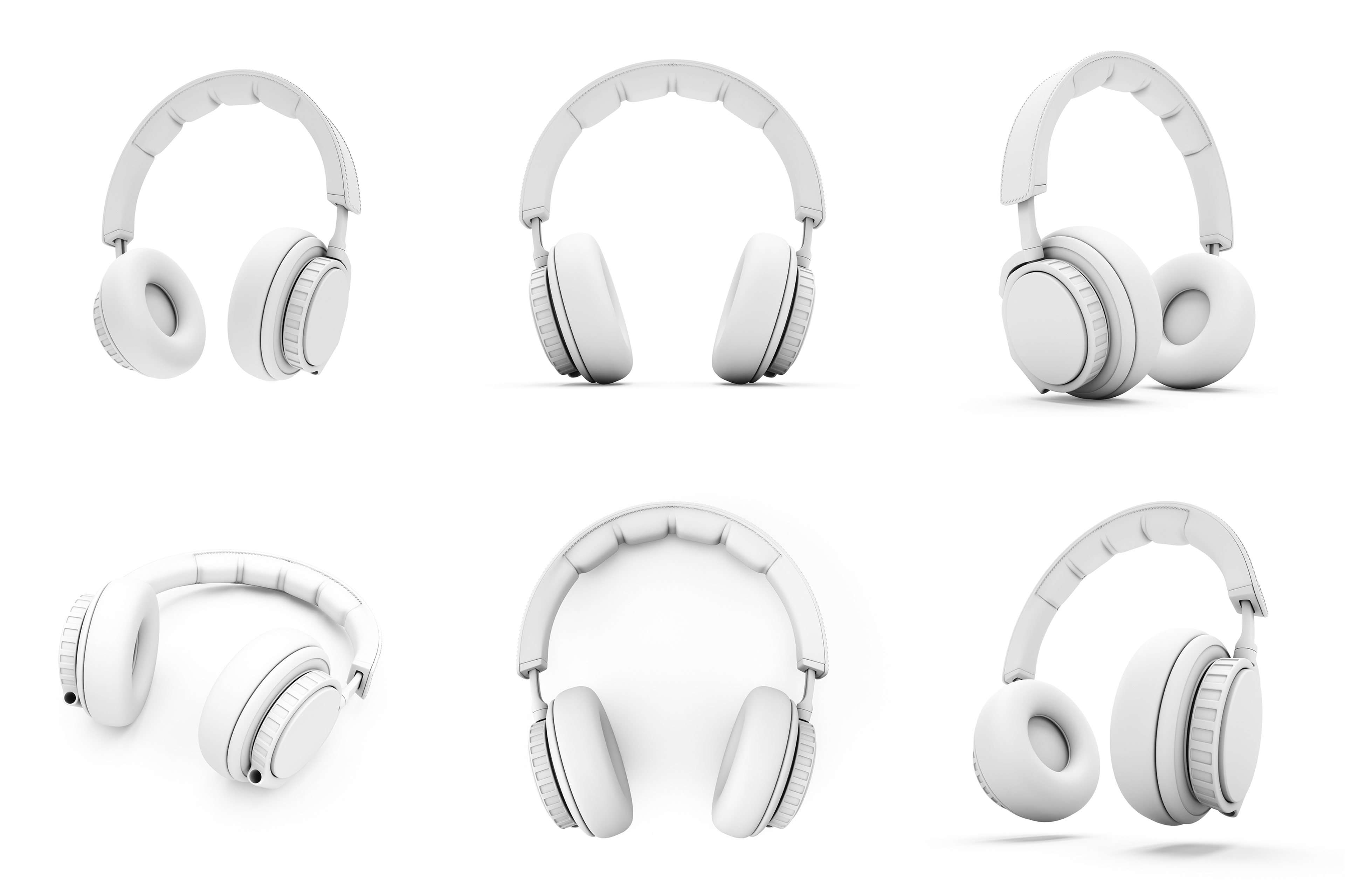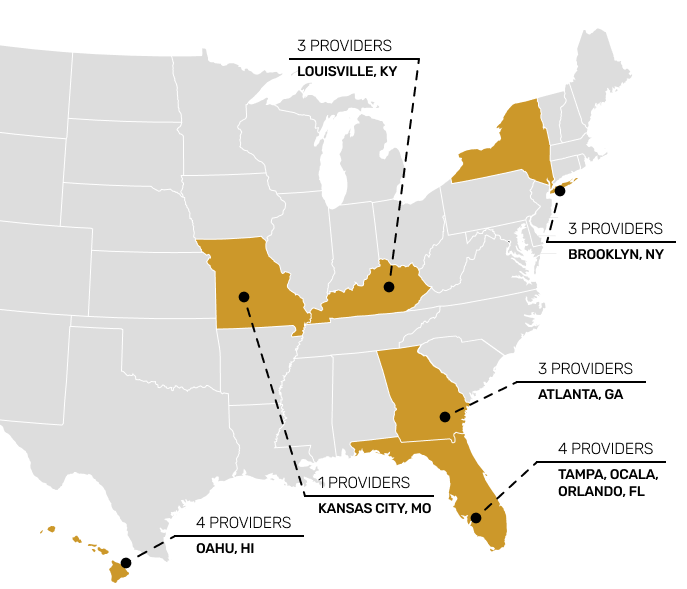
CHANNELS: DESKTOP | IOS APPLICATION | ANDROID APPLICATION
ROLE: UX LEAD | UX RESEARCHER
A Complex System Holding Engineers Back
Configuring high-performance audio devices was a frustrating, time-consuming process. Engineers had to navigate dense software, manually adjust intricate settings, and rely on trial and error to get the right sound. Errors were common, slowing down product integration and increasing support costs.
As the North America UX Lead at a semiconductor company specializing in audio codecs, I was assigned to lead a product team with the challenge to simplify the headset tuning process, reduce errors, and help engineers work more efficiently. The goal was clear—create an intuitive, insight-driven interface that would transform how engineers configured audio devices.
Problem solving 101: Pivot toward internal users for insights
facilitated workshops + interviews
continents of engineers collaborated on devices
The biggest obstacle was starting out with no direct access to customers due to competitive market constraints. Instead of seeing this as a roadblock, I had my team turn to an untapped resource—our internal engineering teams. They used the same tools and faced the same issues as our customers, making them the perfect role-based personas. To achieve direction for low risk configuration and tuning with complex variables, a large sample size was required. Through 50 immersive workshops and interviews:
GET THE DETAILS
Persona Repository:
Navigating Buy-in
- We mapped out workflow inefficiencies and pinpointed friction points.
- Identified common pain points, like lack of real-time feedback and cumbersome manual tuning.
- Built role-based personas that mirrored real customer behaviors and struggles.
This user-driven foundation set the stage for a redesigned experience that prioritized clarity, efficiency, and precision.
Configuration Prototyping & Real-World Testing
Armed with insights, I directed my team to move quickly into iterative prototyping. Early medium-fidelity designs weren’t just static wireframes—they were interactive storytelling tools that brought user struggles to life. This approach allowed us to:
When we believed the designed experience was firm, we took testing further, expanding research to external users through interviews and lab simulations. By blending qualitative feedback with quantitative performance data, we continuously improved the experience to ensure it met real-world acoustic and tuning engineers needs.
A Game-Changer: The Spectrogram Proof of Concept
One of the most transformative innovations was introducing a spectrogram-based Proof of Concept (POC). Previously, tuning audio settings felt like a guessing game—engineers had to rely on trial and error. By visualizing sound in real-time, the new tool turned tuning into a precise, interactive process. We tested the spectrogram POC in:
- Lab environments using HF HATS simulators to simulate real-world conditions.
- Live user scenarios, where engineers configured settings for actual devices.
The results were immediate and impactful—engineers could see and adjust audio configurations in real time, drastically reducing errors and setup time.

UX as a Competitive Advantage
By redesigning the experience to align with how engineers think of their end product, we achieved clear business and product benefits—cutting setup time by 30% and reducing configuration errors. This improvement accelerated time-to-market for customer products, helping deliver solutions faster and more reliably. Additional value gained by leading with UX:
Increased adoption rates, as the intuitive design made integration easier.
New market opportunities, with enhanced usability attracting new customer segments.
Stronger competitive positioning, differentiating our solution in a crowded industry.
Beyond metrics, the cultural impact was just as significant. By embedding design-thinking into engineering, we:
Shifted from a reactive to proactive UX culture, making design a key driver of innovation.
Increased engineering confidence, giving them clearer workflows and more efficient tools.

Lessons in UX Leadership: What Made the Difference?
This project was more than just a UI overhaul—it was a fundamental shift in how engineers interact with high-performance audio devices. Leading insights and outcomes:
By leveraging human-centered design, iterative prototyping, and real-world testing, we transformed a technical bottleneck into an elegant, efficient, and scalable solution. This is the power of UX leadership—turning complexity into clarity and driving real business value through design.
Projects and Case Studies

Managed care, designed for humans
Training healthcare IT teams with people experiences in mind.

Smart UX, powered utilities
Educating marketers to better communicate energy efficiency to customers.

UX fuels forecasting
Integrating iterative design into strategic drilling portfolio planning to maximize impact.
